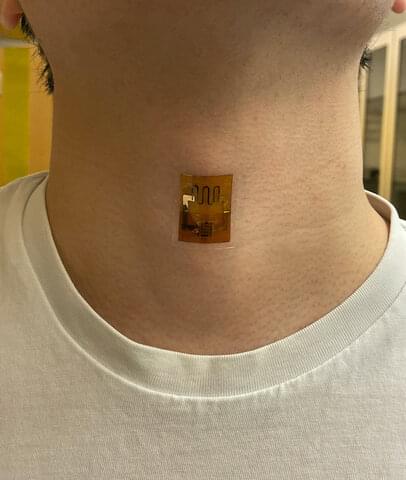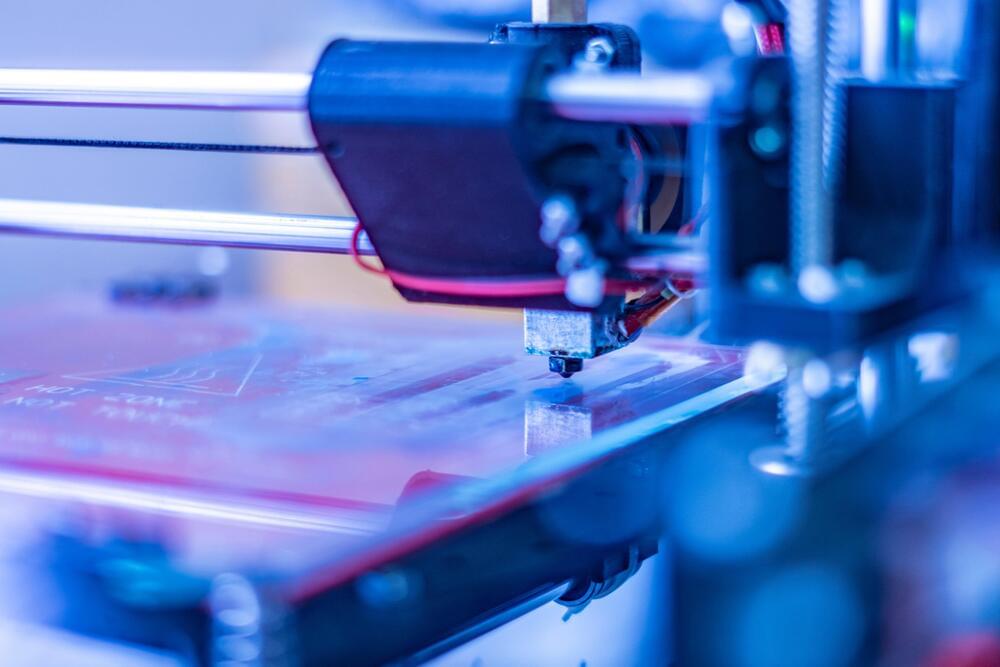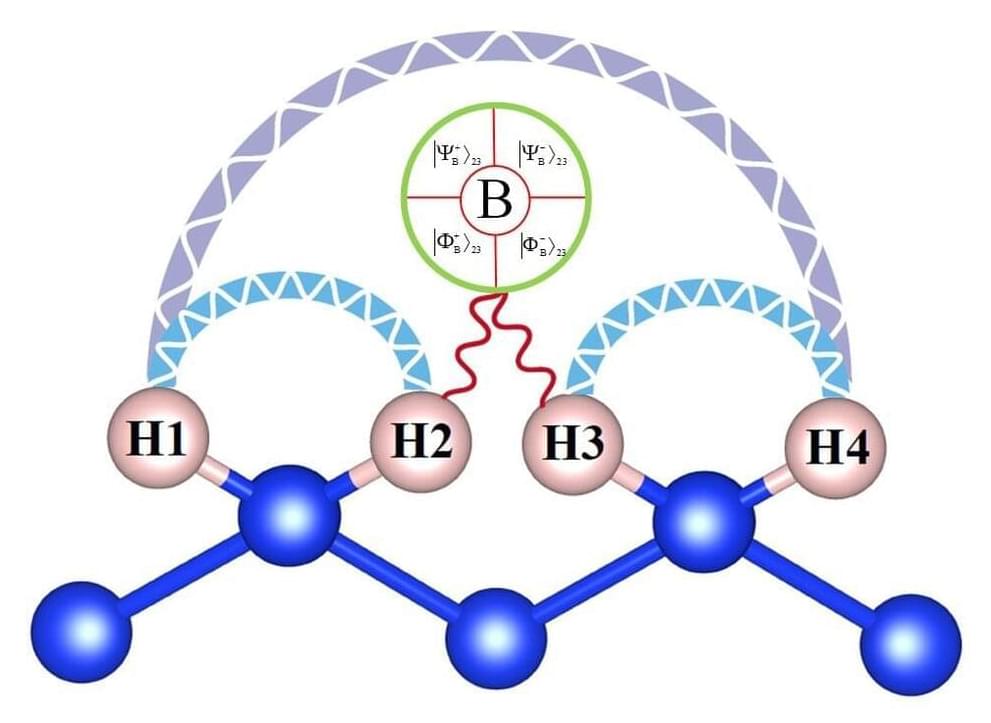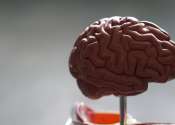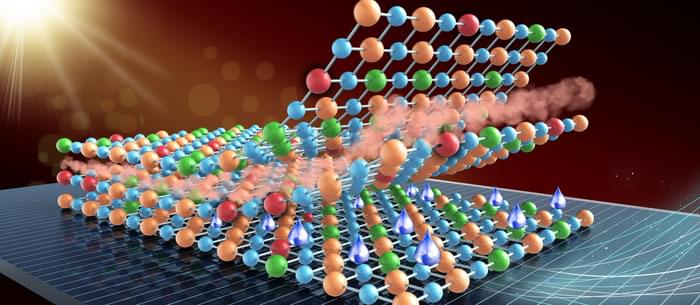Aug 2, 2022
Researchers engineer biofilm capable of producing long-term, continuous electricity from your sweat
Posted by Saúl Morales Rodriguéz in categories: biotech/medical, computing, engineering, wearables
Researchers have reported the discovery of an exoplanet orbiting Ross 508 near the inner edge of its habitable zone.
Researchers at the University of Massachusetts Amherst recently announced that they have figured out how to engineer a biofilm that harvests the energy in evaporation and converts it to electricity. This biofilm, which was announced in Nature Communications, has the potential to revolutionize the world of wearable electronics, powering everything from personal medical sensors to personal electronics.
“This is a very exciting technology,” says Xiaomeng Liu, graduate student in electrical and computer engineering in UMass Amherst’s College of Engineering and the paper’s lead author. “It is real green energy, and unlike other so-called ‘green-energy’ sources, its production is totally green.”
